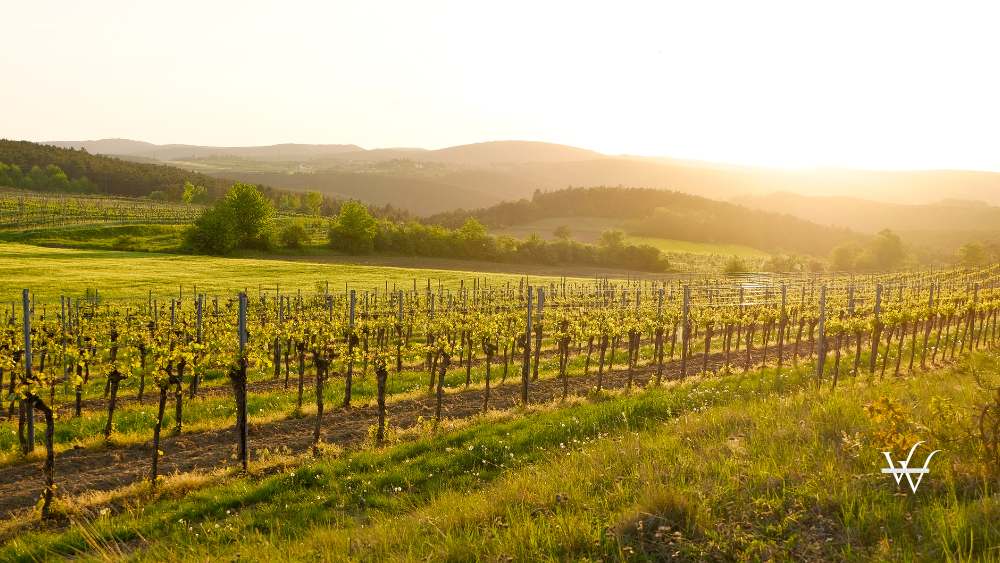Nestled in the heart of Austria, the Kamptal wine region is a true gem for wine enthusiasts and travelers alike.
Named after the Kamp River that gracefully meanders through its picturesque landscapes, this region is renowned for producing some of Austria's finest wines.
At its center lies Langenlois, the largest wine-producing town in Austria, serving as a gateway to the Kamptal's vinicultural riches.
A Haven for Wine Connoisseurs
Kamptal boasts a stellar reputation in the world of wine, with a plethora of esteemed producers crafting exceptional vintages. The region's dedication to quality is evident in its designation system, particularly the Kamptal DAC (Districtus Austriae Controllatus), introduced in 2008. This label adorns Grüner Veltliner and Riesling wines, ranging from classic to middleweight styles, including dense, dry Reserve wines.
Terroir: The Soul of Kamptal Wines
Spanning over 3,500 hectares of vineyard area, Kamptal's terroir is a mosaic of diverse geological formations. From loess and gravel to crystalline intrusions and red sandstone, each soil type lends a unique character to the wines. The iconic Heiligenstein mountain, with its 270-million-year-old sandstone, adds a touch of mystique to the region. Despite its name, derived from "holy," the mountain's microclimate, shaped by intense sunshine, produces exceptional Rieslings known for their minerality and aging potential.
Varietal Diversity and Quality Standards
Grüner Veltliner and Riesling reign supreme in Kamptal, expressing the region's terroir with finesse. While Grüner Veltliner thrives on the wide loess and loam terraces near the Danube, Riesling flourishes on the steep terraces of Heiligenstein's southern slope. Pinot varieties and Blauer Zweigelt also find their place in Kamptal's vineyards, adding to the region's oenological tapestry.
Climate: A Balancing Act
Kamptal's climate is a delicate interplay between the heat of the Pannonian basin and the coolness of the Waldviertel. This dynamic tension imparts freshness and vibrancy to the grapes, resulting in wines with aromatic finesse and lively acidity. The contrast between daytime warmth and nocturnal coolness nurtures balanced flavors and optimal ripening conditions.
Culture and Tourism: A Delight for Visitors
Beyond its vine-clad hills, Kamptal beckons visitors with cultural treasures and immersive experiences. The Loisium wine museum stands as a testament to the region's vinicultural heritage, offering futuristic exhibitions and underground wine adventures. Langenlois, along with charming villages like Schiltern and Zöbing, invites exploration, promising delightful encounters with local hospitality and gastronomy.
A Geological Tapestry
Kamptal's geological tapestry narrates a tale of ancient seas, volcanic eruptions, and glacial epochs. From the Variscan orogeny to the Molasse zone, the region's rocks bear witness to a rich geological history. Ice-age loess blankets the vineyards, providing a fertile substrate for grape cultivation and adding depth to Kamptal's terroir-driven wines.
In Conclusion
Austria's Kamptal wine region is a treasure trove waiting to be discovered. With its diverse terroir, esteemed winemakers, and rich cultural heritage, Kamptal offers a sensory journey like no other. Whether you're a seasoned wine connoisseur or a curious traveler, a visit to Kamptal promises unforgettable experiences and a newfound appreciation for the art of winemaking.

